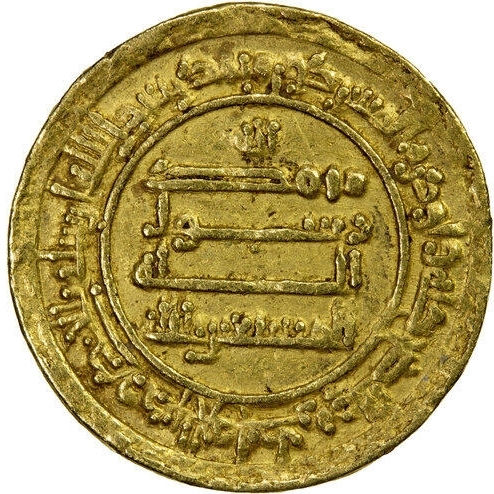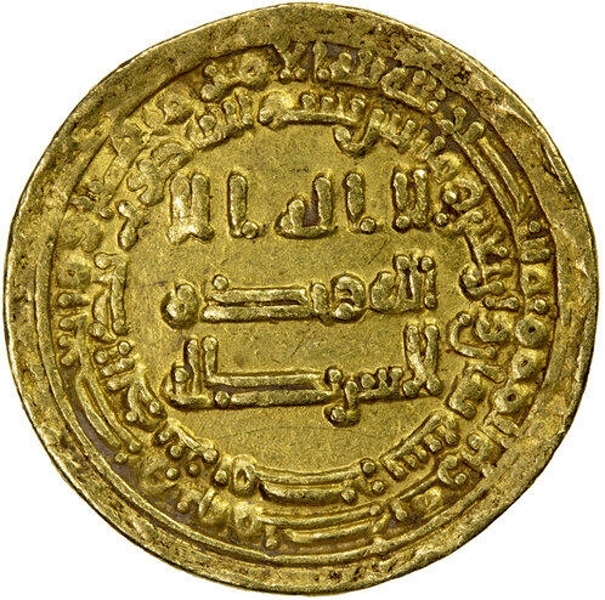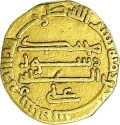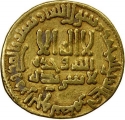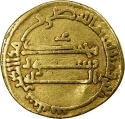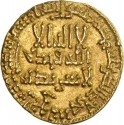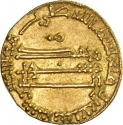You are about to finish your registration. Please check your mailbox (including spam folder). There should be a letter with a confirmation link. Check setting to make sure that your e-mail address is correct.
Send letter againDescription
The Abbasid Caliphate (Arabic: الْخِلَافَةُ الْعَبَّاسِيَّة) was the third caliphate to succeed the Islamic prophet Muhammad. It was founded by a dynasty descended from the prophet's uncle, Abbas ibn Abdul-Muttalib (566–653 CE), from whom the dynasty takes its name. They ruled as caliphs for most of the caliphate from their capital in Baghdad in modern-day Iraq, after having overthrown the Umayyad Caliphate in the Abbasid Revolution of 750 CE (132 AH). The Abbasid Caliphate first centered its government in Kufa, modern-day Iraq, but in 762 the caliph Al-Mansur founded the city of Baghdad, near the ancient Babylonian capital city of Babylon. Baghdad became the center of science, culture and invention in what became known as the Golden Age of Islam. This, in addition to housing several key academic institutions, including the House of Wisdom, as well as a multiethnic and multi-religious environment, garnered it a worldwide reputation as the "Center of Learning".
Abū al-ʿAbbās Aḥmad ibn Muḥammad ibn Muḥammad (836-866), better known by his regnal title Al-Mustaʿīn was the Abbasid caliph from 862 to 866, during the "Anarchy at Samarra". After the death of the previous Caliph, Al-Muntasir (who had not appointed any successors), the Turkic military leaders held a council to select his successor. They were not willing to have Al-Mu'tazz or his brothers; so they elected Ahmad ibn Muhammad, a nephew of Al-Mutawakkil, who took the regnal name Al-Mustaʿīn bi-ʾllāh (lit. "He who looks for help to God").
Arab and other troops based in Baghdad, displeased at the choice, attacked the assembly, broke open the prison, and plundered the armory. They were attacked by the Turkic and Berber soldiers, and after some fighting in which many died, succumbed. Baghdad had yet to learn that the Caliphate no longer depended on the opinions of the Arabians, but had passed into other hands.
Obverse

|
Depicts the inscriptions in Arabic "For God", "Muhammad is the Messenger of God”, "al-Musta'in ʿbillah" and “He sent him with guidance and the true religion to make it victorious over every religion although those who associate others with God dislike it.” لله |
|---|---|
Reverse

|
Depicts the inscriptions in Arabic “There is no god but God alone / He has no associate", "To God belongs the command before and after, and at that time the believers will rejoice in the victory of God" and "In the name of God. This dinar was struck in Misr (Egypt) in the year 248." لا اله الا |
| Edge |
